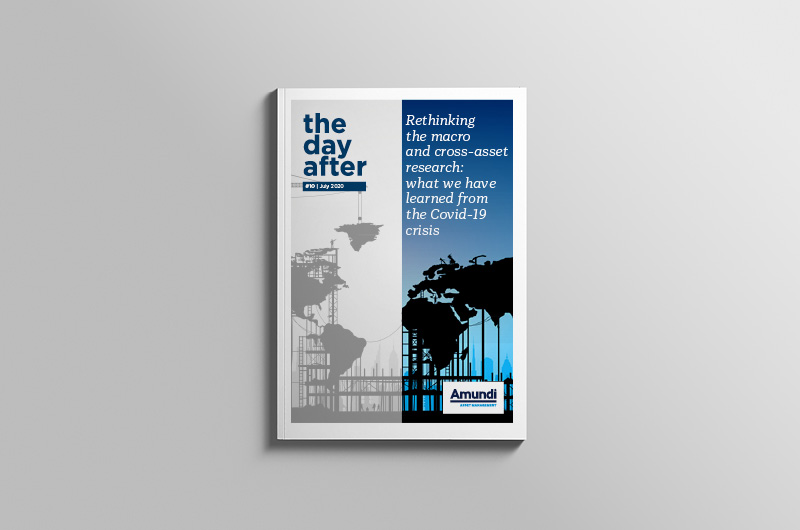Is this the one stock that will come out of COVID-19 stronger?
The ASX 200 Index hit a high of 7,197 points on February 20, before falling all the way down to 4,402 points on March 23 – a 38% drop from top to bottom. Following this, the S&P/ASX 200 Index had a stellar 18-week bull run, rebounding from the COVID-19 market crash by almost 27%, from a low of 4,402 points to today’s close at 6,020 points. Stocks that have done well during the recovery come mainly from the consumer discretionary sector – particularly homewares and electronics retailers with a strong online game – as well as healthcare stocks, payment platforms, gold stocks, recruitment platforms and consumer staples stocks. In this piece, we look at NEXTDC, a data centre operator that is in a sweet spot experiencing real growth tailwinds, and in particular, benefiting from Victoria’s state of disaster.
NEXTDC (ASX:NXT) is one of Australia’s largest data centre operators, with centres across Sydney, Melbourne, Brisbane, Canberra and Perth. Its competitors include Amazon, Equinix, Telstra, Optus, TPG, Vocus, Superloop and Megaport.
What is a data centre?
A data centre is a warehouse-style building that houses computing equipment in an industrial-scale operation using as much electricity as a small town. It allows a company to store all its IT operations and equipment (where it stores, manages and disseminates its data) in one place. Basically, that ‘cloud’ where your iTunes account or Dropbox documents are stored isn’t in a cloud at all; it’s in one of NEXTDC’s data centres. NEXTDC is the largest Australian-based network provider of Tier III and Tier IV data centre facilities, and it has been expanding its portfolio at a rapid rate to cope with demand.
NXT is a data centre-as-a-service provider. With data centres, it is all about power (kilo watts, KW) and economies of scale. Data centres charge for power use by KW per rack, taking into consideration floor space and total power available. They charge more for the same space if the power density (KW per rack) is higher. This is where economies of scale come into play. The bigger the data centre, the lower the costs. According to a research report released by the Ponemon Institute, a 500-5,000 square foot data centre compared to a 5,000-10,000 square foot data centre can cost as much as 64% more to provide 1 KW of power to the smaller facility. Economies of scale can make a big difference, but the biggest data centre cost is operating and energy, which accounts for 80% of the total.
NEXTDC has been a strong performer, not just because of an explosion in online data, but also due to the significant increase in data demand created by COVID-19 lockdown, the transition to 5G and complete digitisation. With the onset of COVID-19 and Australia’s workforce shifting to remote work, data centre and technology providers kick-started digitisation plans to meet demand. NEXTDC built infrastructure capable of handling massive increases in data storage and transmission. For example, Zoom’s conferencing software recorded a 30-fold increase in use in April, and counted some 300 million daily users. COVID-19 provided the perfect opportunity for data centre operators to not only expand exponentially but adapt to a new landscape, which may never return to the way it once was.
NXT is up 67% from the bottom of the Coronavirus crash in March. With everyone at home, data growing exponentially, cash at $450 million, a sticky recurring revenue base, and FY20 profit guidance reaffirmed, it’s all blue skies for NEXTDC. The company was one of the few to upgrade earnings expectations during COVID: it is poised to come out of the pandemic lockdown a lot stronger, and able to handle the strong growth in cloud computing. That said, it will continue to require large amounts of capital to fuel this incredible expansion.
If there is a knock on NXT, it’s that it does not pay a dividend.









